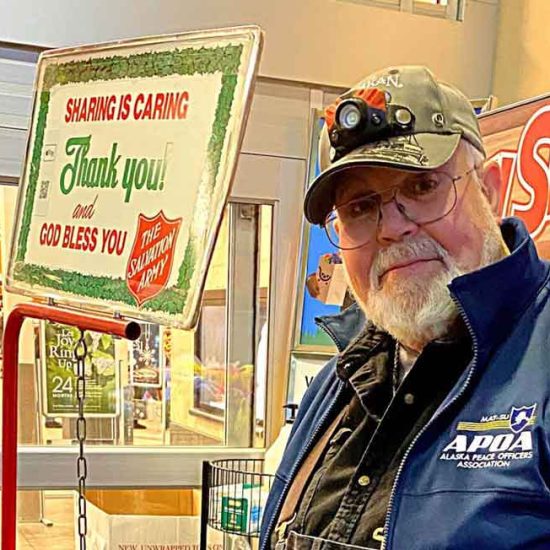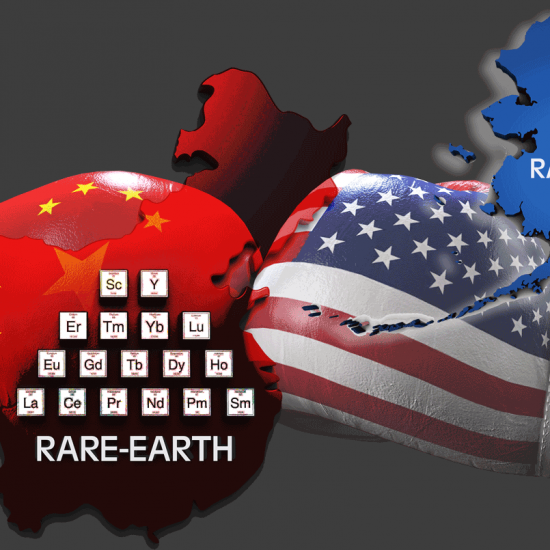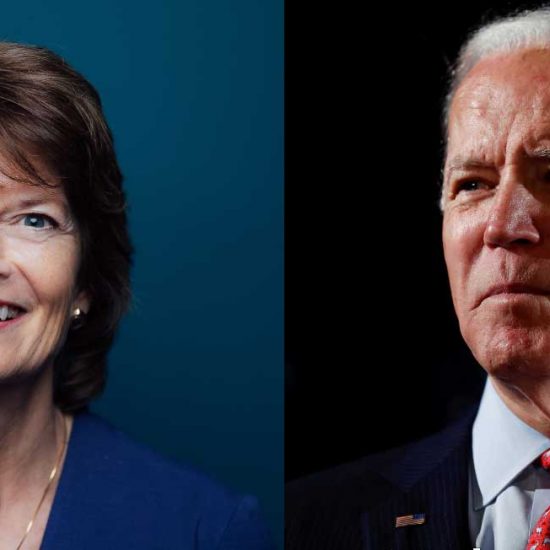From his seat in the small plane flying over the largest remaining swath of American wilderness, Bruce Babbitt thought he could envision the legacy of one of his proudest achievements as Interior secretary in the Clinton administration.
Babbitt was returning in the summer of 2013 from four sunlit nights in Alaska’s western Arctic, where at one point his camp was nearly overrun by a herd of caribou that split around the tents at the last minute. Now, below him, Babbitt saw an oil field—one carefully built and operated to avoid permanent roads and other scars on the vast expanse of tundra and lakes.
Under the deal he’d negotiated just before leaving Interior in 2000, that would be the only kind of drilling he thought would be allowed in the 23 million acres of the National Petroleum Reserve-Alaska, which, despite its name, is a pristine region home to one of the world’s largest caribou herds and giant flocks of migratory birds. The compromise was fair and, he hoped, enduring—clear-eyed about the need for more domestic oil but resolute in defense of the wilderness.
The deal lasted barely 15 years.
In February, the Obama administration granted the ConocoPhillips oil company the right to drill in the reserve. The Greater Mooses Tooth project, as it is known, upended the protections that Babbitt had engineered, saving the oil company tens of millions of dollars and setting what conservationists see as a foreboding precedent.
How ConocoPhillips overcame years of resistance from courts, native Alaskans, environmental groups and several federal agencies is the story of how Washington really works. It is a story that surprised even a veteran of the political machine like Babbitt.
See Full Story at POLITICO Magazine











